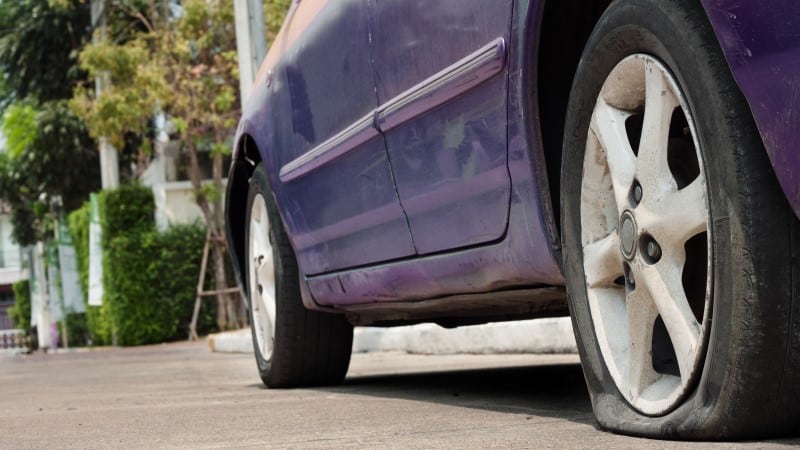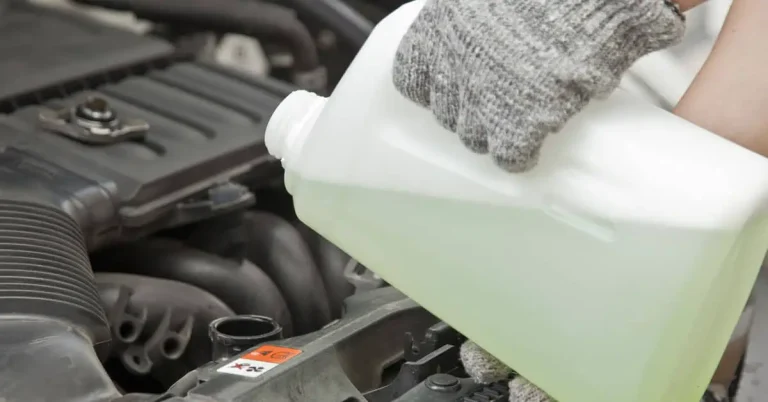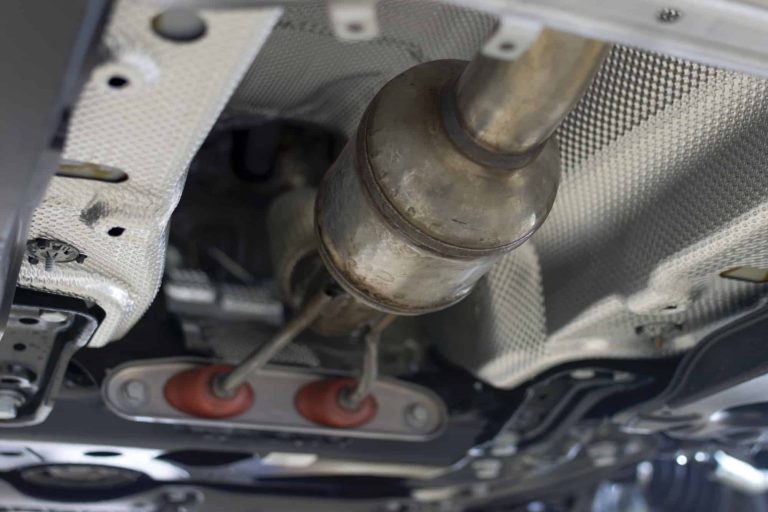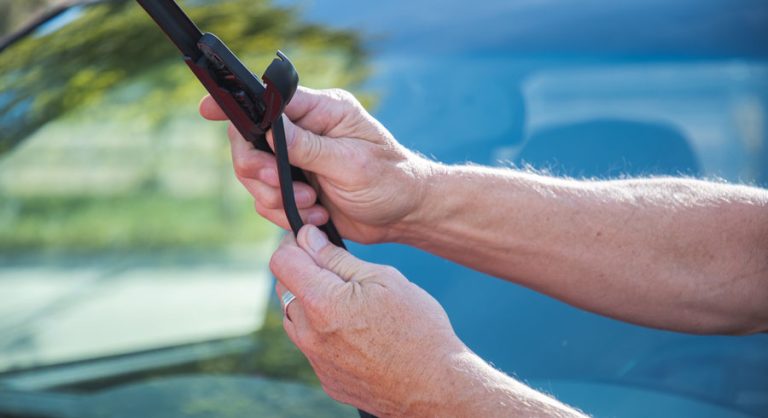How Long Can a Car Sit on a Flat Tire?
A flat tire is one of the most frustrating and inconvenient problems that a car owner can experience. It can happen anytime, anywhere, and can cause significant delays and often result in additional expenses. One of the most common questions car owners ask is, How long can a car sit on a flat tire? Choosing the right type of tire for your climate can also make a big difference in durability, especially in warmer regions where heat affects tire pressure and wear. Check out our guide on the best tires for hot climates for expert picks.
In this post, we will discuss the factors that affect how long a car can sit on a flat tire without getting damaged and what you should do if you encounter a flat tire.
How Long Can a Car Sit on a Flat Tire?
The short answer to the question is that it depends on various factors. The first and foremost factor that affects the longevity of the flat tire is the condition of the tire itself. If the tire is already worn out or damaged, sitting in a flat condition for an extended period can lead to irreparable damage to the tire. Therefore, it is recommended to replace the tire as soon as possible.
If you’re unsure whether a tire is repairable or needs replacement, you can consult Goodyear’s tire inspection checklist for professional guidance on tire condition and safety.
The next factor is the duration of the flat tire. If you notice the flat tire immediately and take prompt action, it may not cause significant damage to the tire or the car. However, if you leave the car on a flat tire for days or weeks without taking any action, it can lead to damage to the rim, suspension, and alignment, apart from the tire.
Another crucial factor is the temperature and climate conditions where you parked the car. If you park the car in a harsh environment with extreme temperatures, it can accelerate the damage to the tire. Exposure to sunlight, humidity, moisture, and other elements can cause the rubber to deteriorate faster, making it more difficult to repair or replace.
The weight of the vehicle is yet another factor that affects the longevity of the flat tire. The weight of the car, along with the weight of passengers and cargo, exerts extra pressure on the flat tire, causing damage to the rim and suspension. Therefore, it is recommended not to drive the car on a flat tire, as it can cause further damage to the car and potentially lead to accidents.
Conclusion
The duration of a car on a flat tire depends on the various factors mentioned above. However, it is strongly advised not to let the car sit on a flat tire for an extended period. If you notice a flat tire, don’t attempt to drive the car, as it can lead to further damage to the tire and the car. Instead, pull over in a safe spot, replace the flat tire with a spare or a new one, and seek professional help if necessary.
Remember, timely action can prevent further damage, save you time, and avoid costly repairs.







